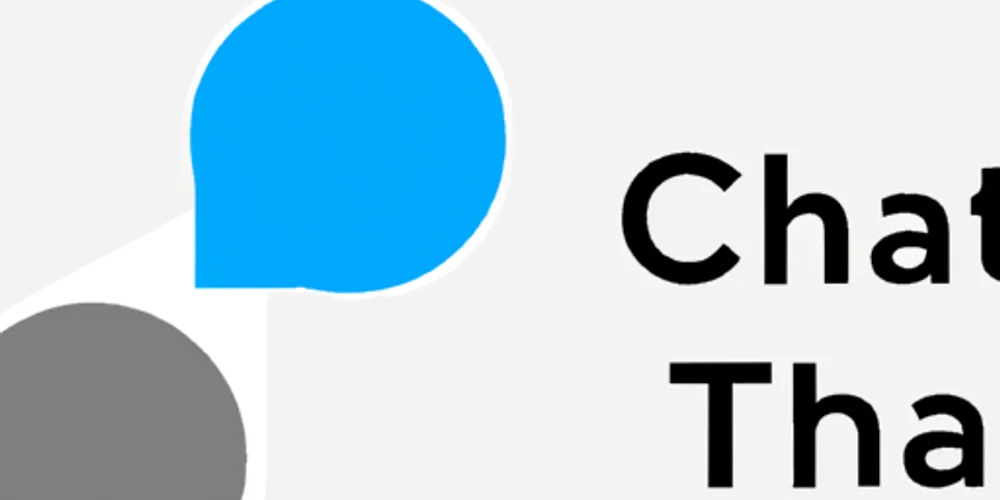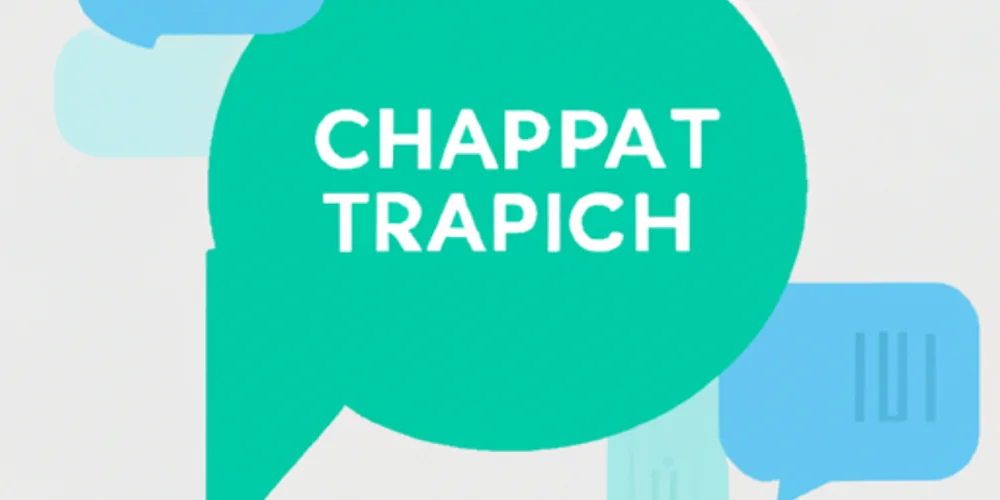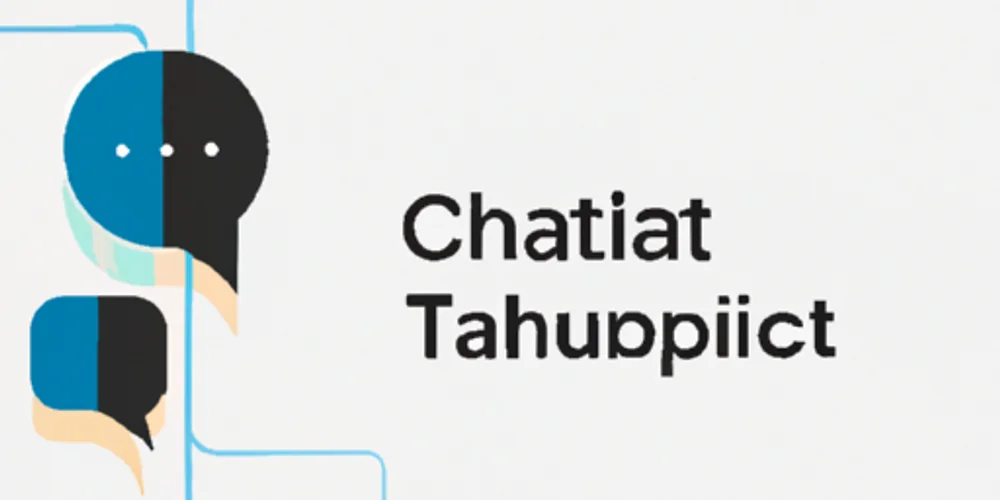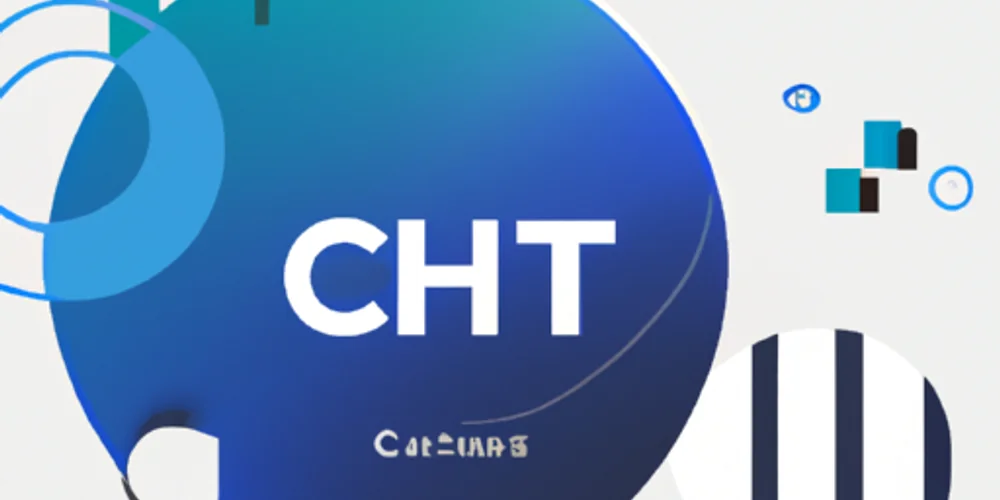ChatGPT, Repeat After Me

Introduction
Imagine a world where your words could be echoed with perfect precision by an AI. ChatGPT, the conversational AI, has become a fascinating tool that not only understands but repeats back to us in ways we never imagined.
This article explores how ChatGPT functions as a mirror to human language, examining its capabilities, limitations, and the implications of its ability to repeat and generate text based on user input.
Understanding ChatGPT
What is ChatGPT?
ChatGPT is an advanced language model developed by OpenAI, designed to generate human-like text based on the input it receives. It's essentially a conversational AI that can understand and respond to a wide array of prompts, making it incredibly versatile for various applications.
How Does It Work?
ChatGPT operates by predicting the next word in a sequence, using a vast dataset of text to learn patterns in language. When you input a query or statement, it processes this through its neural network to produce a coherent response. This process involves understanding context, syntax, and even some level of semantics, although its understanding is not as deep as human cognition.
The Technology Behind It
The backbone of ChatGPT is transformer architecture, which excels in handling sequential data like text. This model uses layers of attention mechanisms to focus on different parts of the input text, allowing it to weigh the importance of each word in the context of the entire sentence or conversation. This technology enables ChatGPT to mimic human conversation with surprising accuracy, learning from vast amounts of data to refine its responses over time.

The Art of Repetition in AI
Mimicking Human Conversation
One of the key strengths of AI like ChatGPT is its ability to mimic human conversation through repetition. By repeating patterns observed in human interactions, AI can generate responses that feel natural. This repetition isn't just parroting; it's an intelligent mimicry where the AI learns from each interaction to improve its conversational flow.
Learning from Repetition
AI models learn significantly from repetition. Each time a user interacts with ChatGPT, it's an opportunity for the model to refine its understanding. Repetition helps in reinforcing correct patterns, reducing errors, and enhancing the model's ability to handle diverse topics with greater finesse.
The Role of Context
Context plays a crucial role in how AI uses repetition. While humans might repeat phrases for emphasis or clarity, AI uses context to understand when repetition is necessary or beneficial. This contextual understanding ensures that repetition serves a purpose, whether it's to clarify a point, maintain conversation flow, or simply to engage the user more effectively.

Practical Applications
Customer Service Bots
ChatGPT excels in customer service where it can handle repetitive inquiries with patience and consistency. It can provide instant responses to common questions, reducing wait times and improving customer satisfaction. This application leverages the AI's ability to repeat information accurately, ensuring that every customer receives the same high-quality service.
Educational Tools
In education, ChatGPT can assist in language learning by providing repetitive practice sessions. It can simulate conversations, offer corrections, and provide instant feedback, which is crucial for language acquisition. This repetitive practice helps in embedding language rules and vocabulary into the learner's memory.
Creative Writing Assistance
For writers, ChatGPT can be a brainstorming partner, suggesting ideas or helping to overcome writer's block by providing repetitive prompts or story continuations. This repetitive generation of content can spark creativity, offering new angles or twists to a narrative.

Limitations and Challenges
Understanding Nuance
One of the significant challenges for AI like ChatGPT is understanding the nuances of human language. While it can repeat phrases and patterns, the depth of understanding emotional or cultural nuances often falls short. This limitation can lead to responses that might seem out of place or insensitive in certain contexts.
Dealing with Ambiguity
Ambiguity in language poses another challenge. Humans often rely on context, tone, and even body language to resolve ambiguities, which AI lacks. Repetition in AI can sometimes exacerbate misunderstandings if the model doesn't grasp the intended meaning behind a query.
Ethical Considerations
As AI becomes more integrated into our lives, ethical considerations arise. The repetitive nature of AI responses might lead to echo chambers if not carefully managed, potentially reinforcing biases or misinformation if the training data isn't diverse or updated regularly.

Implications for Language Learning
Language Practice
ChatGPT provides an excellent platform for language practice where learners can engage in repetitive dialogues, which is essential for fluency. The AI can simulate various scenarios, allowing learners to practice in a safe, judgment-free environment.
Accent and Pronunciation
While text-based, AI like ChatGPT can still aid in pronunciation by providing phonetic breakdowns or linking to pronunciation guides. For learners, repetitive exposure to correct pronunciation through text-to-speech integration can be beneficial.
Cultural Nuances
Understanding cultural nuances through AI is tricky but not impossible. By incorporating cultural context into its responses, ChatGPT can help learners understand not just the language but the cultural implications of what they're saying, which is crucial for effective communication in a globalized world.

Future Prospects
Advancements in AI Language Processing
The future of AI like ChatGPT looks promising with advancements in natural language processing. We can expect models that not only repeat but also innovate in conversation, understanding deeper layers of context and emotion.
Integration with Other Technologies
Integration with technologies like VR or AR could enhance the repetitive learning process, making it more immersive. Imagine practicing a language in a virtual environment where AI responses adapt to your visual and auditory cues, providing a holistic learning experience.
Potential Risks
However, with growth comes risk. The potential for AI to be used in creating echo chambers or for malicious manipulation through repetitive, convincing dialogue is real. Ensuring ethical use and development will be paramount as these technologies evolve.
Conclusion
The Dual-Edged Sword of AI Repetition
AI's ability to repeat and refine its responses is both a boon and a bane. It enhances efficiency and learning but also risks oversimplification or misunderstanding of complex human interactions. As we move forward, the key will be balancing these aspects to harness the full potential of AI like ChatGPT.
The Path Forward
The path forward involves continuous learning, ethical considerations, and integration with human oversight. By understanding and guiding AI's repetitive nature, we can ensure it complements human capabilities, enhancing our lives without overshadowing the nuanced, rich tapestry of human communication.
Summary
ChatGPT, developed by OpenAI, is an advanced AI model that excels in generating human-like text through conversational interaction. It works by predicting the next word in a sequence, leveraging a massive dataset to understand language patterns. The article delves into how repetition plays a crucial role in enhancing ChatGPT's ability to mimic human conversation, not just by repeating phrases but by learning and improving from each interaction. This intelligent mimicry allows ChatGPT to provide responses that feel increasingly natural, showcasing the potential of AI in conversational applications.
Frequently Asked Questions
What is ChatGPT?
ChatGPT is an AI language model developed by OpenAI, designed to generate text that mimics human conversation based on the input it receives.
How does ChatGPT generate responses?
ChatGPT predicts the next word in a sequence by analyzing patterns from a vast dataset, allowing it to construct responses that are contextually relevant.
Why is repetition important in AI like ChatGPT?
Repetition helps AI models like ChatGPT to learn and refine their understanding of conversational patterns, making their responses more natural and human-like over time.
Can ChatGPT learn from its interactions?
Yes, ChatGPT learns from each interaction. Every conversation helps the model to adjust and improve its responses, enhancing its conversational capabilities.
What are some applications of ChatGPT?
ChatGPT can be used in customer service bots, educational tools, content creation, and any scenario where human-like text generation is beneficial.
Interested in exploring the capabilities of ChatGPT further? Try engaging with it on various topics to see how it adapts and improves its responses. Share your experiences in the comments below!